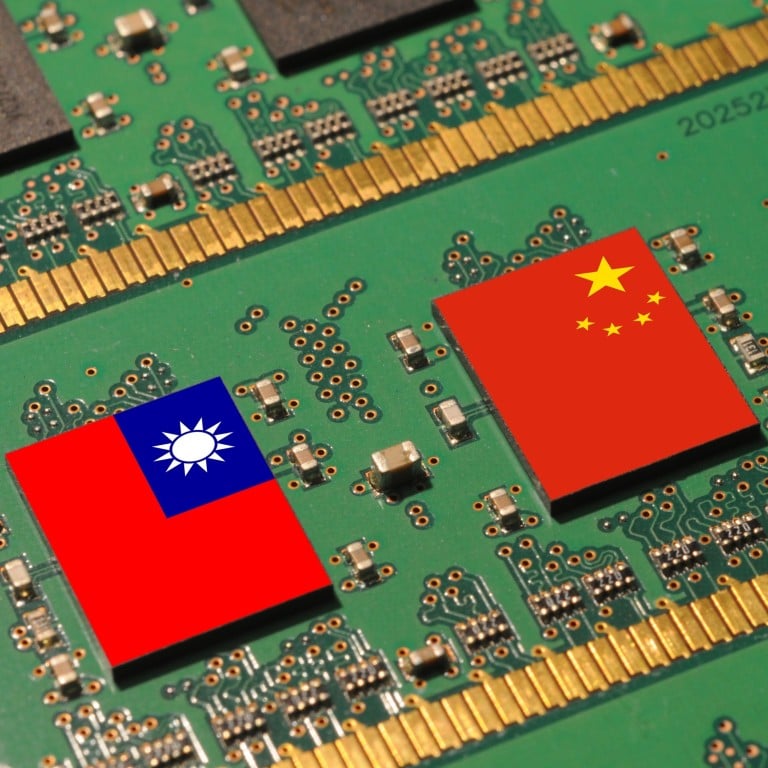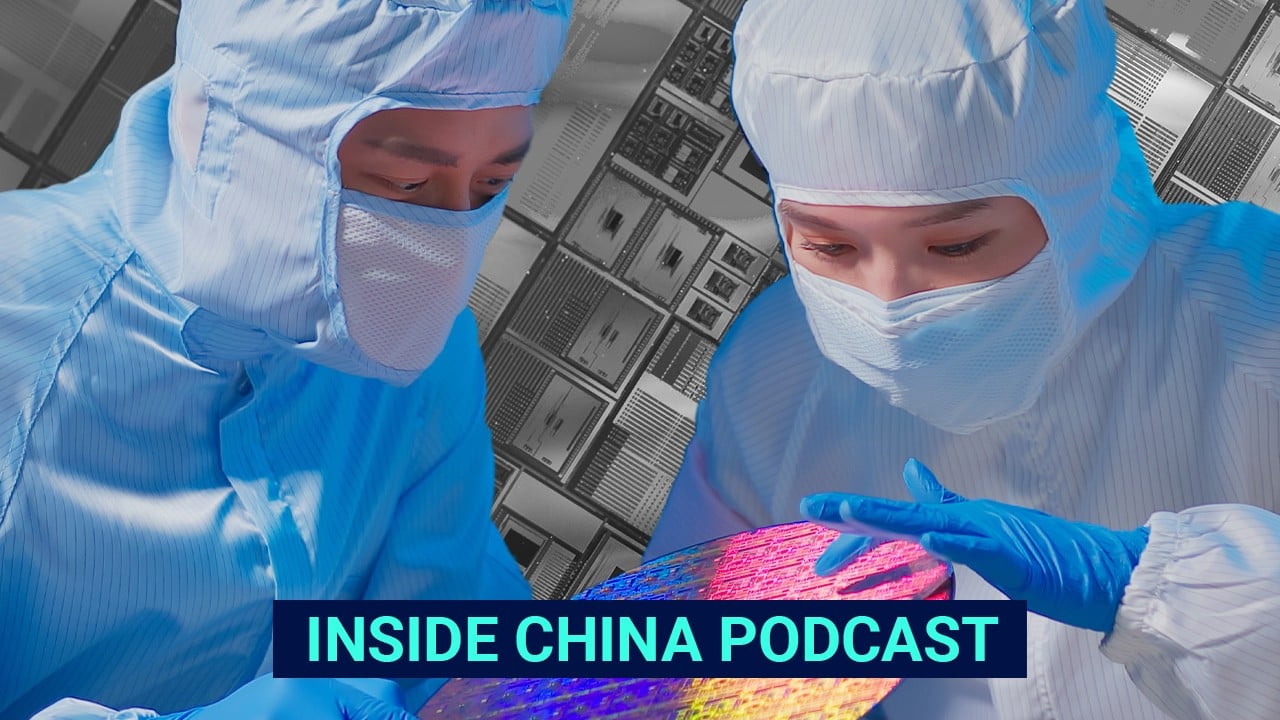
Tech war: Taiwan’s share in global semiconductor manufacturing supply chain to decline, while mainland China poised for gains, IDC report says
- Taiwan’s global share in foundry work and outsourced assembly and test are expected to fall to 43 per cent and 47 per cent, respectively, by 2027
- Mainland China’s share in foundry and assembly and test are forecast to rise to 29 per cent and 22.4 per cent, respectively, in the same period
“Geopolitical shifts are fundamentally changing the semiconductor game,” Helen Chiang, IDC’s Asia-Pacific semiconductor research lead and Taiwan country manager, wrote in the report published earlier this week.
IDC projected Taiwanese chip makers’ share in foundry work to fall to 43 per cent by 2027, down from 46 per cent this year. The island’s share in outsourced assembly and test (OSAT) – the downstream part of the industry’s supply chain, which is vital for ensuring a chip’s quality and efficiency – is estimated to decrease to 47 per cent by 2027 from 51 per cent in 2022.
Mainland China’s foundry share, meanwhile, is forecast to reach 29 per cent by 2027, representing a 2 per cent increase from this year, according to IDC. China’s share in OSAT work globally is expected to grow to 22.4 per cent by 2027, up from 22.1 per cent in 2022, an IDC representative said on Thursday.
“The industry’s operation will move from global collaboration to multi-regional competition,” IDC’s Chiang wrote.
Economic concerns if Taiwan can’t provide perfect environment for chip makers
“Even as China grapples with the development of advanced chip manufacturing processes, its mature processes have developed rapidly”, the IDC report said, on the back of domestic demand and national policies.
The Chips Act, which was meant to make the US self-reliant in chip manufacturing, is expected to make the world’s largest economy’s share of foundry work in the advanced 7-nanometre and below processes reach 11 per cent by 2027, according to IDC.
US Senate committee passes bill to cut taxes on Taiwanese firms operating in US
Despite facing export controls from the US, Japan and the Netherlands, mainland China’s chip foundries are expected to increase their share in terms of the mature 12-inch wafer production capacity to 26 per cent by 2026, up from 24 per cent in 2022, according to a report in July by research firm TrendForce.


